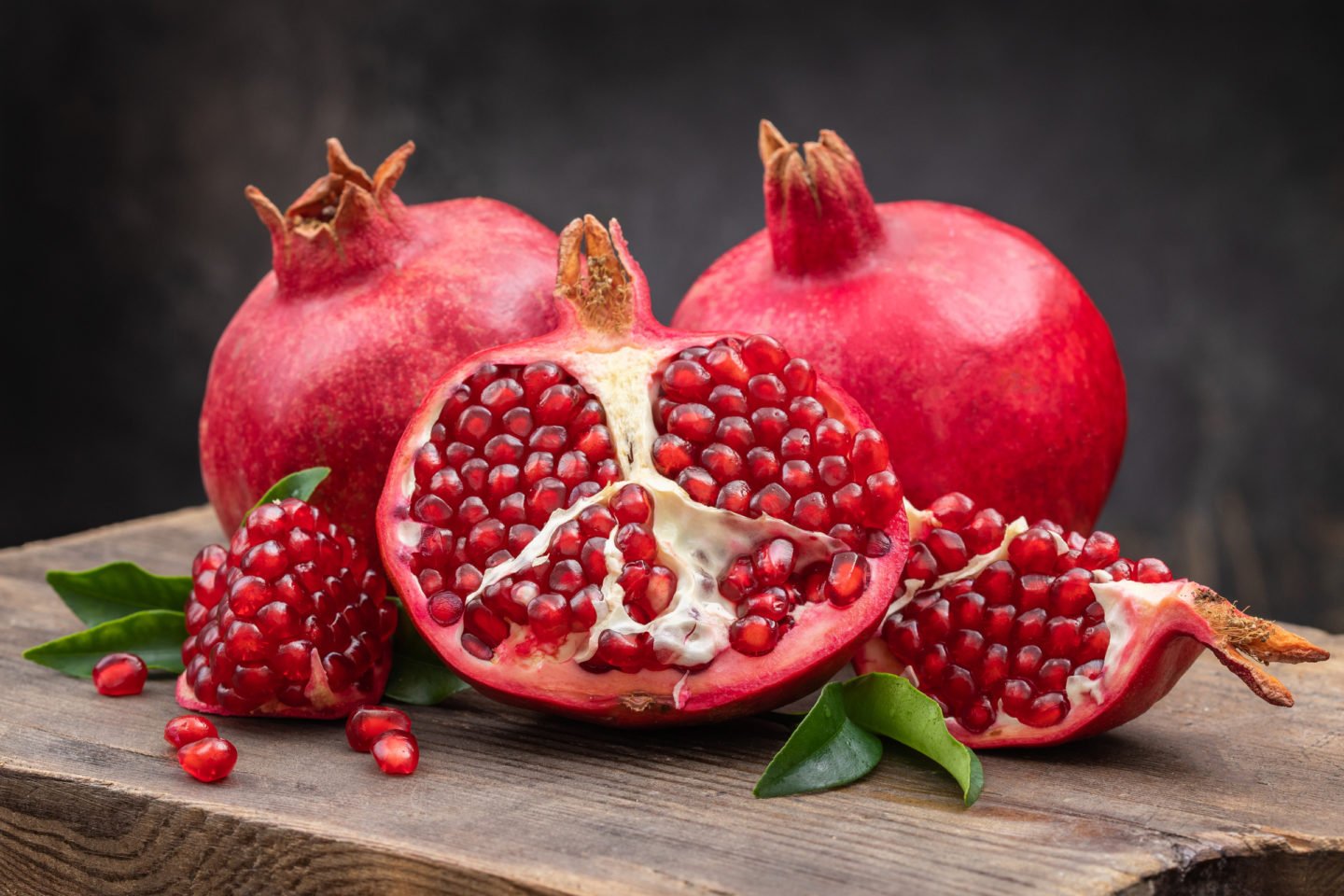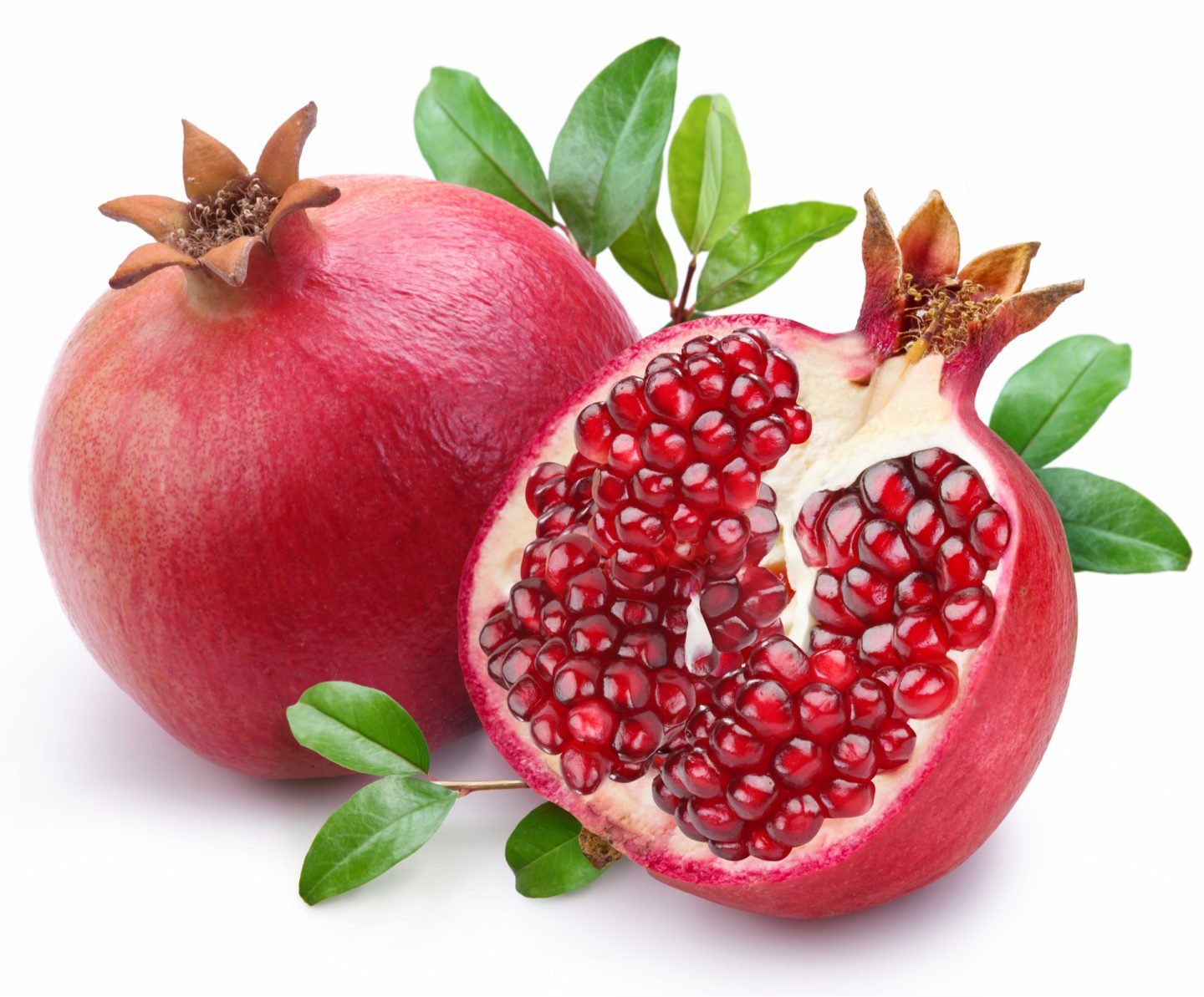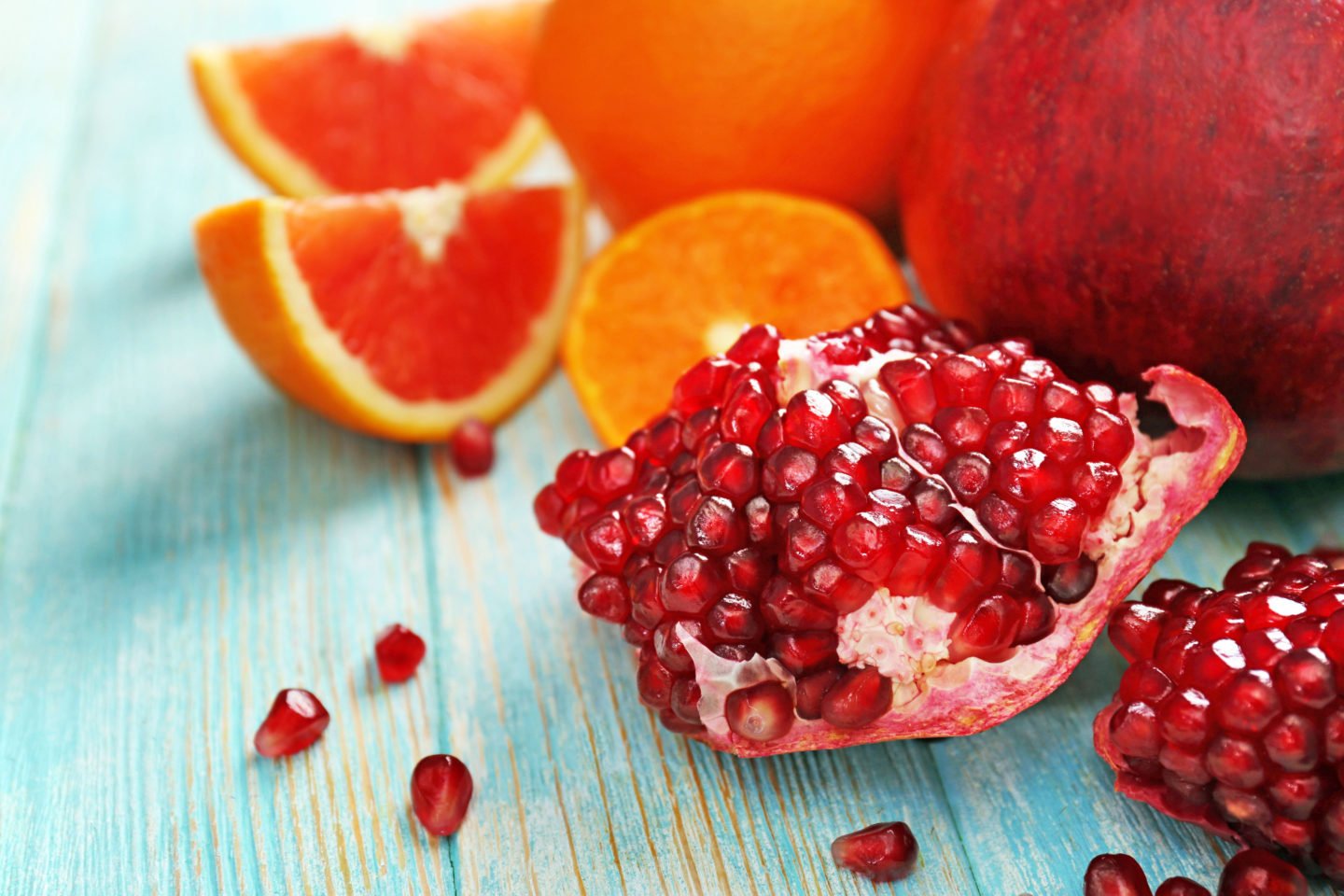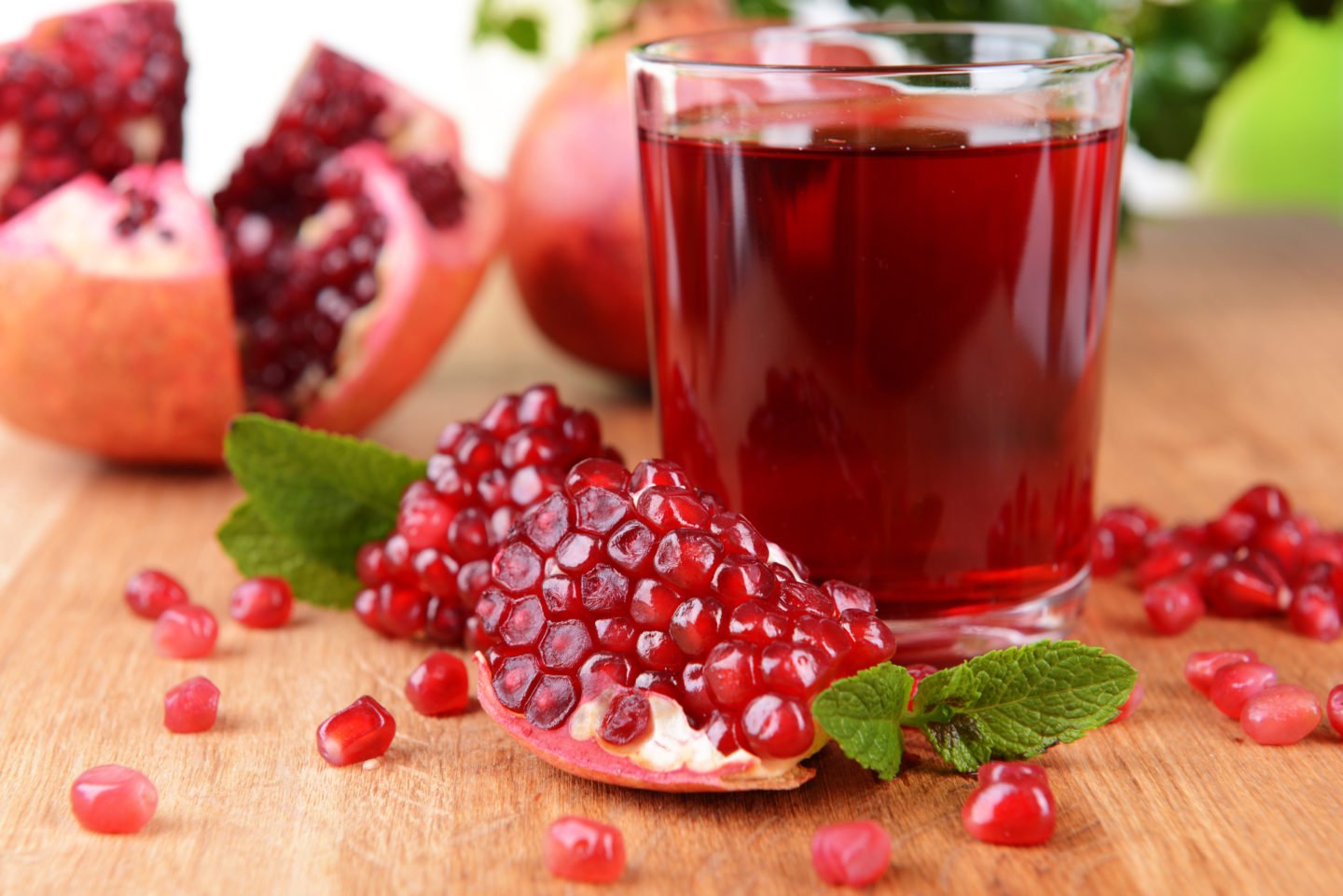Due to their similar sweet, slightly tart taste and their exceptional fragrance, you might think that pomegranates belong to the citrus family, but that’s not the case. Pomegranates belong to the Punicaceae family, while citrus fruits belong to the Rutaceae family. Lemon, lime, mandarin, pomelo, citron, tangerine, and oranges all belong to the citrus family, while pomegranates do not have many relatives in their family.

Pomegranates are often mistaken for citrus fruits due to their internal structure that resembles most citrus fruits. Their edible seeds line up between the pith, like what you notice among citrus fruits. However, despite this, pomegranates are closer relatives to guavas than they are to citrus fruits.
This article will explain everything you need to know about pomegranate classification, its similarities and differences with citrus fruits, and answer related questions regarding the topic.
Table of Contents
What Is A Pomegranate?

The pomegranate (Punica granatum) is known as the fruit of the dead in Greek mythology, and eating one causes Persephone to spend seven months of the year in the underworld. Pomegranates are consumed in a broad range of sweet and savory dishes today, including fresh, dried, and juiced varieties.
Round, reddish-brown pomegranates are smooth, firm fruits with a hard exterior. They often resemble navel oranges in size and grow on shrubby trees. Tiny seeds encased in a white, pulpy mesocarp in the pomegranate's center are called pomegranate arils, which are seeds that are similar in size to corn kernels and have a brilliant crimson liquid.
Hundreds of edible seeds are within each pomegranate, and these are the only portion of the fruit that you can eat. Therefore, it might be challenging to detach the arils if you use the fruit for something other than fresh juice.
Pomegranate seeds can be dried, used as a topping or ingredient, or eaten fresh as a sweet snack. Meanwhile, pomegranate extract may be made by pressing the edible seeds or using them directly. Not only that, thickening the squeezed fresh juice produces pomegranate molasses. Additionally, the seeds can be dried or frozen.
When dealing with pomegranates, I recommend you to wear an apron since the liquid from the seeds can stain textiles and plastics.
Differences Between Pomegranate and Citrus Fruits

Taxonomy
The first and most apparent reason pomegranates are not citrus is that they belong to different families. Pomegranates belong to the family Lythraceae subfamily Punicaceae. They are considered berries, while citrus fruits belong to the Rutaceae family. Lemon, lime, mandarin, pomelo, citron, grapefruit, tangerine, and blood orange belong to the citrus family. At the same time, pomegranates do not have many relatives in their family and are more closely related to water caltrops ad even guavas.
Acid Content
Another thing that differentiates pomegranates from citrus fruits is their acid content. Unlike citrus fruits, which contain high amounts of citric acid, pomegranates contain mostly oxalic acid, punicic acid, and tartaric acid. Pomegranates also contain lesser acids than citrus fruits. For instance, lemon juice contains around 5-8% of citric acid, while pomegranate juice only contains 0.1 gram of citric acid per 100 ml of juice.
Type of Plant
Since pomegranates and citrus fruits belong to different families, they normally grow from different plants. Pomegranate fruits grow from shrubs, while citrus fruits grow on bushes and trees, depending on the type of fruit.
Growing The Plant
Compared to citrus plants, the pomegranate tree is comparatively simple to cultivate. They do well in just about any soil, though well-drained soil is frequently the best. In addition, most individuals assert that their plants can tolerate drought and only require watering every 2 to 4 weeks.
For the pomegranate arils to develop efficiently, you must remove the seeds before planting. Then, to ensure good germination, you must cover them with topsoil for at least half an inch.
On the other hand, soak citrus fruit seeds for at least a whole night before sowing them in damp soil. For the seeds to develop, plant them in a sunny, wind-protected location. Most citrus plant kinds require a lot of upkeep, so you'd have to put in a lot of effort before seeing them bear fruits.
Taste

While pomegranates can have a wide range of flavors, citrus fruits have a sweet and sour taste, but mostly sour. Ripe pomegranate has a little acidic flavor, similar to citrus or ripe berries, but they finish sweet.
On the other hand, the unripe pomegranate has an unpleasant combination of sour and bitter flavors. Pomegranates' sweetness is also different from mature fruit like apples or grapes. Yes, they naturally contain some sweetness, but it is highly acidic.
Related Questions
According to botany, the edible pomegranate fruit is a berry containing seeds and pulp that develops from a single flower's ovary.
Like most fruits, pomegranate is acidic. However, compared to citrus fruits, pomegranates contain minimal acid.
Pomegranates are packed with vitamins, minerals, and antioxidant properties that prevent oxidative stress that cause premature aging and even cancer.

Leave a Reply